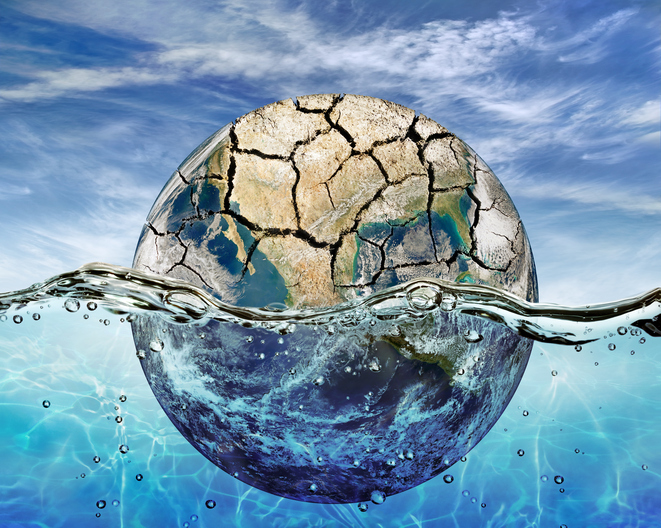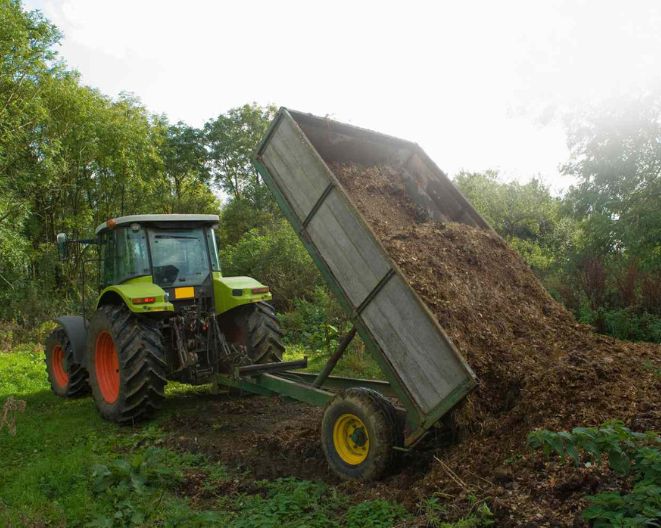Water scarcity is a major problem that is only expected to get worse in the coming years. Irrigated agriculture is particularly vulnerable to water starvation, as it relies heavily on access to water to produce crops. Without a plan in place, irrigated agriculture may struggle to adapt to increasing water shortages.
What Is Water Starvation For The Living?
It refers to a situation in which there is not enough water available to meet the needs of a population or ecosystem. It can be caused by a variety of factors, including drought, over-extraction of water resources, and climate change. It is a problem that is affecting many parts of the world and is expected to become more widespread in the future.
Impacts Of Water Scarcity On Agriculture
- Irrigated agriculture is particularly vulnerable to water scarcity, as it relies on access to water to produce crops.
- When water is scarce, farmers may struggle to irrigate their fields, leading to reduced crop yields and potentially even crop failure.
- It can also lead to soil degradation and land degradation, as water is an essential component of healthy soil.
How AI Can Help Mitigate water Scarcity in Irrigated Agriculture
Artificial intelligence (AI) can play a role in mitigating water scarcity in irrigated agriculture. One way that AI can help is through the use of precision irrigation techniques, which use sensors and algorithms to optimize the use of water in irrigation.
By using data on soil moisture, weather patterns, and crop needs, AI-based irrigation systems can help to ensure that the right amount of water is applied to crops at the right time, reducing waste and improving efficiency. In addition, AI can be used to monitor crops and soil conditions in real-time, alerting farmers to any potential problems and helping them to take timely action to conserve water.
Other Water-Saving Techniques for Irrigated Agriculture
In addition to using AI to optimize irrigation, there are other techniques that farmers can use to conserve water in irrigated agriculture.
- For example, farmers can use drought-resistant crops that are better able to tolerate dry conditions.
- They can also use water-saving technologies such as drip irrigation, which delivers water directly to the root zone of plants, minimizing losses to evaporation and runoff.
- Other water-saving techniques include the use of mulch and cover crops, which help to retain moisture in the soil, and the use of water-efficient irrigation systems such as sprinklers and pivots.
Conclusion
Water scarcity in agriculture is a major problem that is only expected to get worse in the coming years. Irrigated agriculture is particularly vulnerable to it, as it relies heavily on access to water to produce crops. Without a plan in place, irrigated agriculture may struggle to adapt to increasing water shortages. Artificial intelligence (AI) can help to mitigate water scarcity in irrigated agriculture through the use of precision irrigation techniques and real-time monitoring. In addition, farmers can use other water-saving techniques such as drought-resistant crops, water-efficient irrigation systems, and mulch and cover crops to conserve water in their operations.





